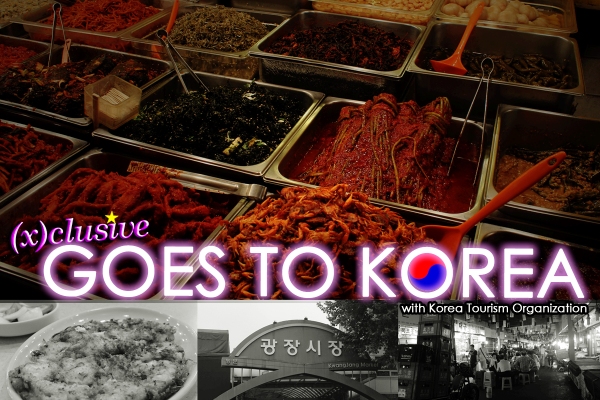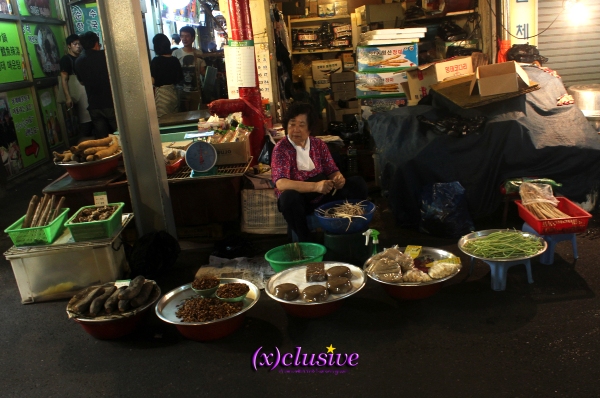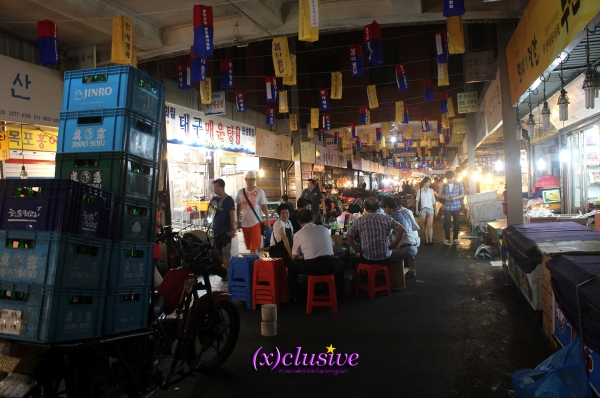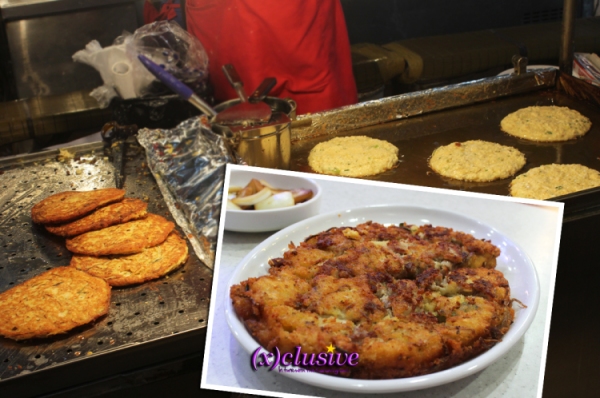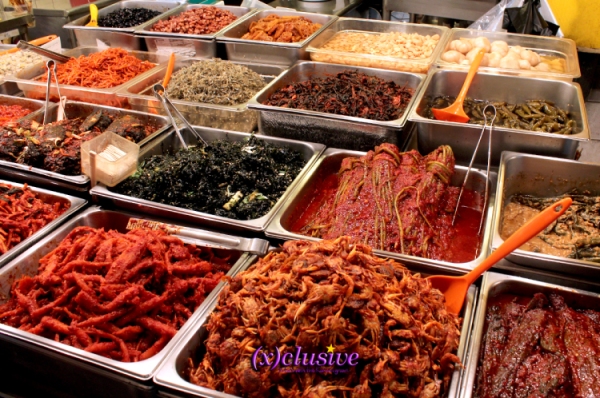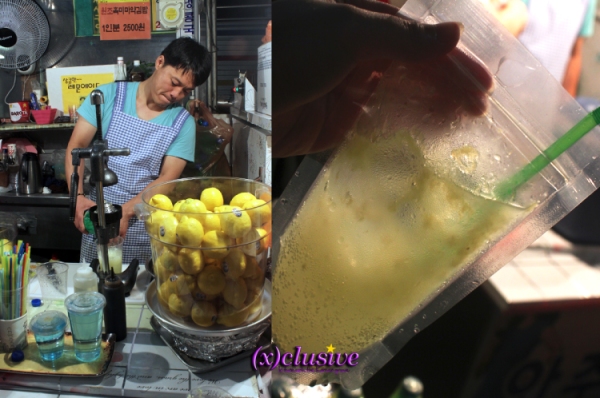[KTO] The Cultural Experience – Gwangjang Market 광장시장
Should you decide to undertake a more authentic cultural experience in Seoul, there is no better place that offers it quite like Gwangjang Market. While it is understandable that many Koreans would recommend foreign tourists to get a glimpse of Seoul’s luxury boutiques, quaint cafes and fanciful restaurants, from my previous experiences, travellers to Korea are usually more eager to see what makes the country and the culture unique, and are usually constantly on the lookout for places that are authentically Korean. To be honest, no better place to recommend than Gwangjang Market.
First established in 1905, Gwangjang Market is Korea’s oldest remaining daily market and it is located east of downtown Seoul, not far from Dongdaemun Market. Although not as well known among foreign tourists as compared to Dongdaemun and Namdaemun, it is known that many vendors from both those markets actually head to Gwangjang Market to buy their products as the market has an extensive selection of vendors offering silks, tailored Hanbok, and second-hand clothes.
The ‘MUST EAT’ food in Gwangjang Market
Gwangjang Market is most famed for its food selection. Running through the heart of the market are two criss-crossing corridors stuffed full of booths, stalls, and storefronts offering a variety of Korean street foods. There is nothing like eating market food that is more authentic than it is at Gwangjang Market. Find a stall, grab a seat, order your food.
1. Mayak Kimbap 마약김밥

Kimbap to Koreans is no doubt a nostalgic food made and eaten almost on a daily basis. Mayak Kimbap, which literally means ‘narcotic’ kimbap, is said to be really addictive, thus the name because you definitely will not stop at just one bite. Smaller than the normal kimbap, Mayak Kimbap is stuffed with carrot, pickled radish and rice seasoned with sesame oil. Wondering how you can be addicted with such simple ingredients? Then give Mayak Kimbap a shot when you are at Gwangjang Market. So simple yet so yummy.
2. Bindaetteok 빈대떡
Bindaetteok is a type of traditional pancake made with ground mung beans, pork and vegetable and best enjoyed with a bowl of makgeolli (rice wine). Similar to pajeon (Korean pancake), the unique thing about bindaetteok is that the batter is 100% ground mung beans without the addition of wheat flour. Bindaetteok’s texture, being firmer and crispier than pajeon, is something that is really apt for a rainy afternoon or winter. Should you like something that is fried and crispy, Bindaetteok is a must try when you visit Gwangjang Market.
3. Sundae 순대
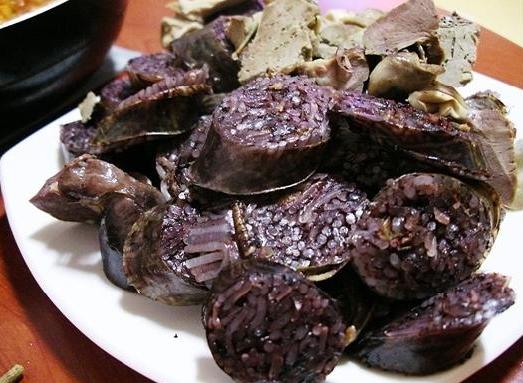
Sundae is steamed pig intestine stuffed with glass noodles or glutinous rice, meat and vegetables. An all-time favourite street food, sundae is also a must-eat delicacy at Gwangjang Market. Sundaes sold at Gwangjang Market are mostly made with glutinhous rice, which enhances the texture and flavour more as compared to glass noodles. Often served with steamed pig liver and heart, sundae tastes even better with a portion of tteokbokki (spicy rice cake).
Random Finds
Many will remember Gwangjang Market for its awesome (street)food, but having spent some time walking around the area, there are some hidden jewels that must not be forgotten – banchan (side dishes) and freshly-squeezed lemonade.
1. Banchan 반찬 (Side Dishes)
Should you decide that you would like to bring some banchan back to your home country, Gwangjang Market is definitely the place to go as there are plenty of stalls selling an array of self-marinated banchan that you will be simply spoilt for choice, ranging from various vegetables to seafood to meat. The one that caught my attention the most were no doubt the marinated raw crabs, known as gejang 게장, that were seasoned in a sweet and spicy sauce since i had heard positive reviews about them as a side dish. So in the event whereby you would love to grab some back, do remember to drop by Gwangjang Market a day before your departure date.
2. Freshly-Squeezed Lemonade
Having drank plenty of bottled lemonade and lemonade made from syrup, the freshly-squeezed lemonade at Gwangjang Market was a hidden gem. True enough that the steps to making this drink were simple, but when all you had been eating were fried, oily and filling food, this freshly-squeezed lemonade is indeed a saviour. More so since the period which I went was summer and the weather had been really hot and humid. So yes, would definitely recommend this drink should you want something refreshing after a meal at Gwangjang Market.
—
As you take a walk around Gwangjang Market, it is easy to take in the sights and sounds of the bustling market where people of all walks of life gather together at this ‘common meeting ground’. With the assortment of food, one could eat lunch at Gwangjang Market every day of the week and not have the same thing twice. However do note that at peak hours (around meal times), it can be difficult finding a seat, and visitors might have to get used to sitting shoulder-to-shoulder with strangers. The heavy foot traffic in the narrow passages between stalls may feel overwhelming to first timers visiting, b
ut what you get to experience is the lively culture of Gwangjang Market.
Gwangjang Market is most accessible from Jongno 5-ga Station (Line 1), Exit No. 7 and 8. The operating hours of Gwangjang Market is from 7am to 10pm, however, it is varied from stalls to stalls. Do note that food stalls usually open later, from 11am.

